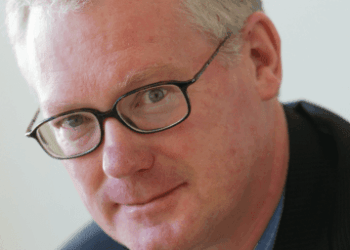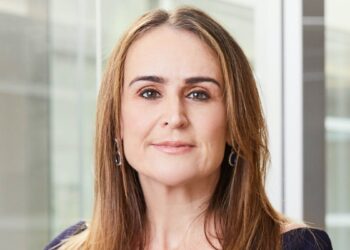In an equity research paper released last week, Credit Suisse estimated that each 25 basis points rate cut by the RBA lowers the interest payments of SMSFs by a total of $500 million.
“To maintain income levels, [SMSFs] would need to switch $11 billion out of cash into equities,” said the research paper.
“A further 50 basis point rate cut, as money markets now imply, would require [SMSFs] to buy almost $30 billion worth of Aussie equities, [representing] two per cent of market cap, to maintain income levels.”
Credit Suisse said based on ATO estimates, $240 billion – of the $568 billion in SMSFs – is in equities, accounting for around 42 per cent of total assets.
More than half of the $26 billion generated in income in 2014 by SMSFs was in the form of dividends paid by Australian listed companies including franking, according to Credit Suisse.
“Another 20 per cent came from domestic property, post interest and running expenses,” said the paper.
“Another fifth would have come from domestic cash holdings.”
Credit Suisse said the remaining $1 billion in income was from all other assets including international shares, unlisted equities, bonds and overseas property.
“With cash rates falling, we believe it is becoming painfully clear that selfies will have to contend with a future income deficit,” said Credit Suisse.
The research paper said as of the end of 2014 SMSFs had $157 billion in cash on deposit in Australia.
“This would have been earning around 3.2 per cent for an annualised return of $5.1 billion,” said Credit Suisse.
“However with the cash rate now 25 basis points lower, the dollar return has come down to $4.6 billion per annum.”
The research paper said SMSFs have three options to make up this loss.
“They can work longer and try to make it up via savings; they can spend less in retirement and potentially cancel that once-in-a-lifetime walking tour though the Pyrenees or they can take on more risk with their asset allocation,” said the paper.
Credit Suisse said it remains positive on Aussie equities due to the supply/demand situation remaining tight.
“RBA rate cuts should further support the dividend trade,” said the paper.
“We look for stocks with above median dividend yields that benefit from above median dividend growth. They include Rio Tinto, Macquarie Group, Flight Centre and Dulux.”



I am thoroughly sick-and-tired of people who don’t know what they are talking about making
comments about things which don’t concern them.
Are these ATO statistics based on the asset mix at 30 June? Many SMSFs make large year end contributions in June so have their highest cash weighting at that time. SMSF trustees don’t need a fund manager to tell them interest rates are low. And I wonder how a debate between Credit Suisse being concerned about the cash levels would go with advisers telling pension members to have at least 3 years and maybe 5 of pension payments in cash.
The other option is of course for those “selfies” that have a diversified portfolio and made considerable gains in Aussie Equities in 2011-2013. International Equities and Listed Property for 2014-15, to now start taking some of the profits on those investments and build their cash reserve.
Everyone talks about “selfies” as if they are all in cash. Well most advised “selfies”have diversified portfolios that are swimming along nicely but the challenge is to get them to take some profits by drip feeding out over the next year by “Selling High” and rebalancing.
It’s far from doom and gloom out there!